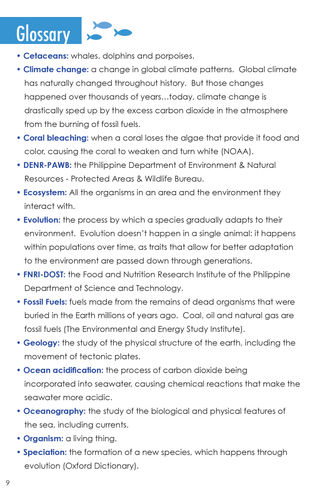
SEA Institute:
Verde Island Passage
Educating people about one of Earth's marine biodiversity hotspots
The Verde Island Passage (VIP), a strait between the northern and middle regions of the Philippines, was identified as part of the world’s “center of the center of marine shore fish biodiversity" in 2005 (Carpenter and Springer, p.467). But at the same time, it is also a major shipping lane and fishing ground, which puts strain upon the passage’s resources.
The SEA Institute—SEA standing for Science, Education and Advocacy— is a non-profit organization dedicated to using science-based conservation to protect the VIP. The Institute works with a range of parties—including coastal communities, schools, research institutions and the Philippine government—to initiate research, spread awareness and promote practices that contribute to sustainable use of the passage.
As a volunteer for the SEA Institute, I produced works for several of their education/awareness campaigns. For these projects, majority of the videos and photos are produced by Studio H2O and used with permission. Select works can be viewed below.
Intro to the VIP
A video with basic facts about the VIP: where it is, why it’s important, what threats it faces, and how people can help. This video was posted on SEA Institute's Facebook page.
Biodiversity Survey Instructional Videos
Silent animations explaining how to perform specific reef/biodiversity surveys, meant to be embedded inside a Powerpoint and accompanied by a speaking instructor.
The main viewers of these videos are locals from fishing communities around the VIP, who had expressed interest to the SEA Institute in more actively monitoring the reefs that they base their livelihood on. Most locals do not speak English. For this reason, the videos have text in both English and Tagalog, and rely mainly on visuals.














